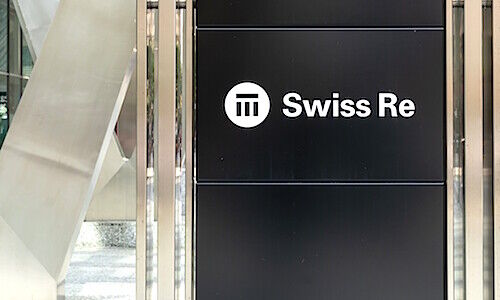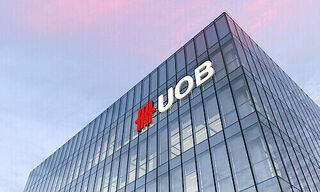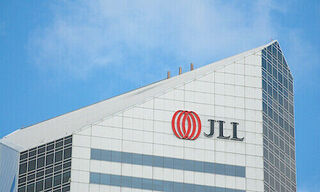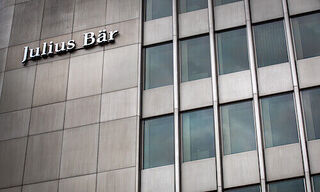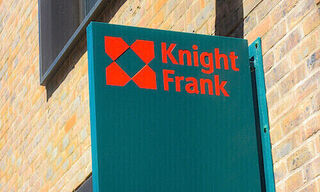The 11th edition of its Horizon 10-year view of economic and return projections sees annual mainland economic GDP growth over the next decade at a relatively meager 4 percent.
Geneva-based private bank Pictet believes that the economic and political framework the world has lived under for the past 10 years is gone, and that calls for a changed approach to investment.
That is one of the key takeaways from its updated 11th edition of the «Pictet Wealth Management Horizon 2023», a 10-year perspective on economic developments and expected returns across 56 asset classes and strategic asset allocations.
It also comes with a number of surprising forecasts.
Slow Growth in China
In the mainland, Dong Chen, the head of Asia macroeconomic research at Pictet Wealth Management, expects growth potential to be «compromised» over the next decade by the rapid aging of the country's population, slowing urbanization, and de-globalization, in particular efforts by the US to limit its access to advanced technology. Further slowdowns in the property sector could also have an impact.
Given that, Chinese GDP is seen growing at about 4 percent over the next 10 years, alongside an expected inflation rate of 3.2 percent, which would be 100 basis points higher than it has been for the past decade. That is an estimate that in all likelihood is significantly lower than many other financial institutions and far less than what China has posted in recent decades.
By contrast, India may reap a demographic dividend over the next ten years and, as a result, the bank raised its annual GDP target to 6.2 percent.
And the Rest
The bank's other forecasts seemed to lie far closer to perceived conventional wisdom. It expects average US GDP growth to come in at 1.7 percent, although inflation will surpass it for the most part, remaining at 2.7 percent. Much the same holds true for the eurozone, which is expected to see 1.5 percent growth against 2.1 percent inflation. Japan, on the other hand, is expected to remain largely flat, experiencing growth of 0.9 percent.




















